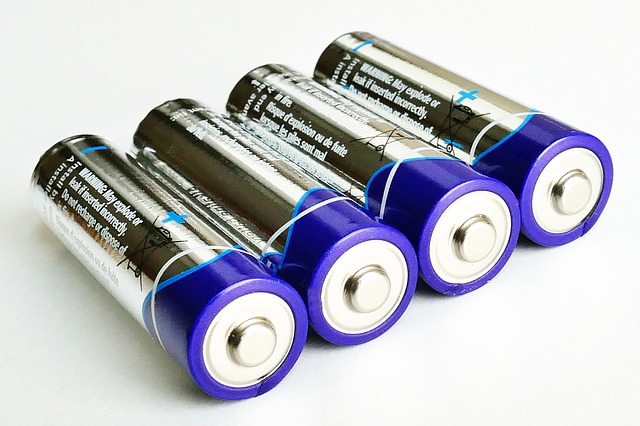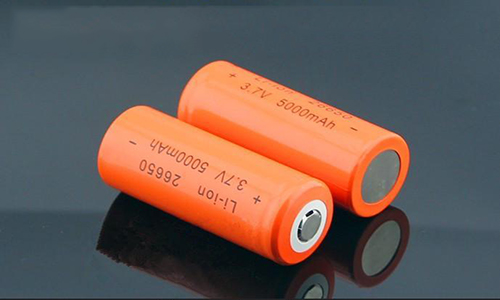Lithium Ion Motorcycle Battery Problems Problems and Solutions
Feb 24, 2020 Pageview:1653
Are lithium ion batteries good for motorcycles?
Lead acid batteries have been on the market for over a century now. They have undergone unlimited innovations and upgrades. They have dominated the market for so long that no one has ever considered replacing them. That was changed the past several years. Over the past several years, the usage of Lithium ion batteries in motorcycles become popular among riders. That is due to several advantages of Lithium ion batteries present. Lithium ion batteries are much lighter than their lead acid counterparts are. They are also much smaller than the lead acid batteries. Moreover, they are used in one OEM application, which is the Ducati Superleggera. Lithium ion batteries have replaced their lead acid and nickel metal hybrid unites for the past few years in the Victory Empulse and Zero line of electric motorcycles.
The most used type of Lithium ion batteries used in motorcycles is the Lithium iron batteries. Although they offer less energy density than other Lithium ion batteries, they are more chemically stable and not as susceptible to thermal overrun than may cause a fire.
The biggest and most important advantage Lithium ion batteries have over the conventional lead acid batteries is energy density. Typically, the lead acid battery in the motorcycle can be replaced with a lithium iron equivalent battery that is as little as one quarter the weight. This saves up to several pounds, which in return saves on fuel consumption.
Moreover, Lithium ion batteries offer a very long lifespan when compared to lead acid batteries, more cranking amps, and better resistance to self discharge. In addition, their ability to hold a charge is more than that of lead acid batteries.
To summarize, here are the advantages of using Lithium ion batteries in motorcycles:
It is an energy efficient solution. Lithium ion batteries convert 62% of the energy into movement compared to only 21% that gasoline powered motorcycle achieves.
Emissions are reduced. Using Lithium ion batteries in motorcycles decrease toxic emissions, as Lithium ion powered motorcycles produce zero emissions.
Using Lithium ion batteries in motorcycles is a high performance option, which requires little maintenance.
There are no leakage problems, unlike the lead acid counterparts.
Lithium ion batteries have a slower discharge rate, which means that the motorcycle can be stored for an extended period.
What do you need to know about lithium ion motorcycle battery problems?
Despite all the advantages Lithium ion batteries offer over the conventional lead acid batteries, there are some disadvantages accompanying them as well. Some of these disadvantages are pretty frustrating. Some of these disadvantages are:
Due to the physical cell separation, some Lithium ion batteries experience a potential short lifetime.
Some Lithium ion batteries in motorcycles experience what is called bricking, which is a phenomenon where the lithium ion battery becomes so flat that it cannot be recharged once again.
If a short circuit occurred, rapid temperature build up occurs.
Due to the fact that individual cells of the Lithium ion batteries are not being evenly charged every time the battery is charged; short cell life may occur.
If charges at excessive voltages, excessive and rapid temperature build up.
The batteries experience decreased performance when the temperature becomes cold.
Lithium motorcycle batteries require extensive protection. All the Lithium ion batteries on motorcycle nowadays require protection from being over discharged or being over charged.
Lithium ion batteries ages. As a rider, you would need to replace your Lithium ion battery after a specific number of discharges.
Trip range of a Lithium ion powered motorcycle is not as long as the gasoline powered motorcycles. With most options, you get a range of 80 to 120 miles on a single charge.
It is still not cheap technology. When paying for a Lithium ion powered motorcycle you will pay more than what you would normally pay when you purchase a gasoline powered motorcycle.
Recharging a Lithium ion battery takes a lot of time to reach 100%. A fully charge requires an average of 8 hours of continuous charge. Even with a fast charging option, it takes around 30 minutes to reach 80%.
Warranty requirements for Lithium ion batteries are very strict; if you use your motorcycle for racing, your actions will void the warranty. Without a warranty, caring for the Lithium ion battery proves to be quite expensive.
Lithium ion batteries in motorcycles may not start nor perform well in winter time and cold weather.
If you did not use protection, fire hazard concerns arise. You may even risk the battery being over heating and causing an explosion.
However, despite all these disadvantages, incorporating a Battery Management System (BMS), and intelligent design, all of the above factors can be mitigated.
How do you solve the Lithium ion motorcycle battery problems?
The first step into solving any problem is understanding what causes that problem. Identifying the problem is the first step in solving it. Solving problems of Lithium ion batteries in motorcycles is pretty easy. Installing a Battery Management System (BMS) in your motorcycle can eliminate 90% of the problems that may face you. The other thing that can be done is incorporating intelligent design for the motorcycle. For the aging issues, the best thing to do is to operate the motorcycle in temperatures that are stated in the user's manual of the battery. That way can increase the lifespan of the battery. Back to what we have already said, incorporating a Battery Management System in your motorcycle, solves 90% of all of your problems, the catch is that you need to keep an eye on the Battery Management System and check the readings of it regularly to catch any anomalies.
Leave Message
Hottest Categories
-
Hottest Industry News
-
Latest Industry News












